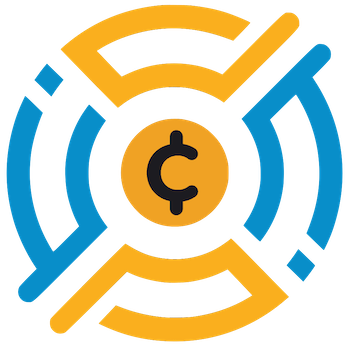The recent move by the U.S. Securities and Exchange Commission (SEC) to issue new guidance related to digital assets has significant implications for the financial landscape. While these developments are undoubtedly exciting for institutions, it’s essential to recognize the SEC’s approach as one characterized by incrementalism, hinting at a culture resistant to radical change. SEC Commissioner Hester Peirce aptly noted that this guidance should not be seen as comprehensive, which brings forward the question: How long will it take for the SEC to fully embrace the digital asset revolution?
Incremental changes can be frustrating. They frequently lead to a situation where the guidance may serve more as an acknowledgment of reality rather than a forward-thinking roadmap. Many in the industry may feel that the SEC’s cautious steps could stifle innovation, as they essentially reiterate existing rules rather than embracing the more dynamic nature of digital finance. While the guidance clarifies some regulatory nuances, it also reflects an agency still entrenched in fear of disruption. What’s needed is not just acknowledgment but also an embrace of new possibilities.
Chainlink’s Role: A Beacon for Institutional Confidence
The SEC’s guidance has been welcomed by several players in the crypto space, notably Chainlink. The firm’s collaboration with the SEC Crypto Task Force in closed-door meetings demonstrates that the private sector can play an instrumental role in shaping regulatory frameworks. Chainlink’s co-founder, Sergey Nazarov, not only presented viable solutions that align with traditional legal structures but also showcased the role of innovative technologies like smart contracts and blockchain in enhancing compliance.
This proactive involvement should be commended, as it presents an example of how constructive dialogues between public and private sectors can lead to more robust regulations. Chainlink’s influence enhances institutional confidence in digital assets, as financial firms may now see a clear pathway for participation that is compliant with existing securities laws. However, it also raises concerns: should a single company, regardless of its achievements, have such a significant hand in policy-making? The reverberations of such influence must be watched carefully.
Security and Risk: Navigating Untamed Waters
One of the most pivotal aspects of the SEC’s new guidance is its treatment of digital assets that do not qualify as securities. The guidance indicates that broker-dealers dealing with non-security cryptocurrencies like Bitcoin and Ethereum are not subjected to customer protections typically afforded to securities under the Securities Investor Protection Act (SIPA). For customers, this signifies a new level of risk—which is not without consequence.
While it’s essential to delineate what constitutes a security to foster growth, the implications of exposing customers to non-security assets lacking significant protections is troubling. Are financial institutions prepared to educate their clients about these emerging risks? The potential for losses—especially in volatile markets—could sow distrust in digital assets among less technologically savvy participants. The SEC’s guidance may lay the groundwork for institutional comfort, but it appears to do so at the expense of consumer protection.
Transforming Fund Operations: The Call for Compliance
The updated FAQs concerning transfer agents utilizing Distributed Ledger Technology (DLT) to maintain securities records signal a willingness to allow technology to play an essential role in modern finance. In a world increasingly tailored by automation, the finance sector must evolve accordingly. However, the onus is on the transfer agents to ensure they continue to meet stringent compliance and reporting obligations under existing laws.
The guidelines open doors to integrating digital practices into traditional fund management. Without a doubt, the potential for enormous cost reductions in the global fund-administration market is tantalizing. Financial institutions have a unique opportunity to act, but they must navigate carefully to avoid pitfalls. This evolving landscape demands a clear understanding of both technological potential and regulatory boundaries.
The SEC’s recent guidance presents a dual narrative: one of unshakeable tradition facing off against an emerging digital frontier. Despite the optimism surrounding Chainlink’s role in facilitating compliance, the ambiguity regarding the status of non-security digital assets and the steadfastness of regulations could hinder broader adoption. As various players in the financial ecosystem grapple with this newly charted territory, it will be crucial for regulators to embrace innovation, while also protecting consumers unrivaled by the complexities inherent in digital finance. A brave new world awaits if there’s a commitment to real engagement rather than mere incrementalism.

